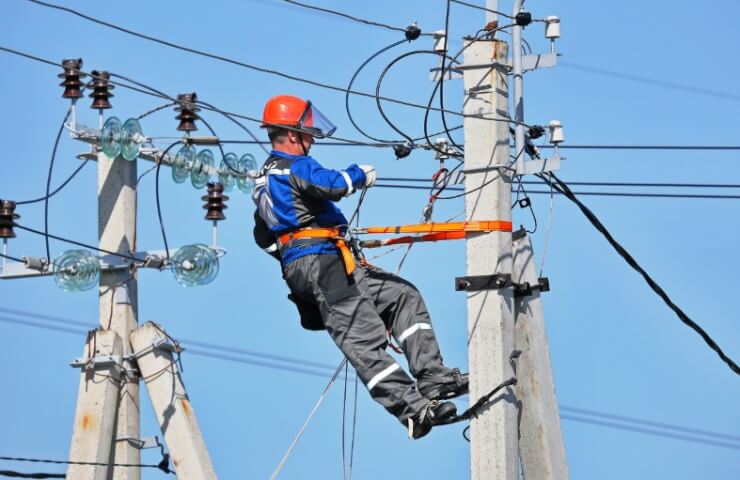Electricity is an integral part of our life. It is difficult to imagine the modern world without an uninterrupted supply of energy to our homes and offices. But few people think about what complex systems are behind this seemingly simple process. Today we will dive into the topic of electrical networks and analyze their classification, and also talk about the advantages of using self-supporting insulated wires (SIP) in their construction.
Electrical networks surround us everywhere, but not everyone knows how they work and what they are. Let's look at this issue in more detail to better understand the importance of these systems in our lives.
Classification of electrical networks by purpose
Electrical networks are classified according to several criteria, one of which is their purpose. There are three main types of networks:
- Backbone networks form the energy system in a certain territory. These are high-voltage main power transmission lines (from 330 kV and above) connecting large power plants and substations.
- Feeder networks are responsible for supplying electricity from backbone networks to distribution substations. The voltage used here is from 110 to 220 kV.
- Distribution networks transmit energy from substations to end consumers - homes, offices, enterprises. They can operate at both high and low voltage (less than 1 kV).
Electrical networks play an extremely important role in our daily lives. These extensive systems of power transmission lines provide energy for lighting, heating and operation of various equipment.
Advantages of using SIP
In the construction of overhead power lines, self-supporting insulated wires (SIP) are increasingly being used. They have a number of advantages:
- High reliability and safety. Resistant to external influences, such as snow, wind, frost, thanks to special insulation.
- Easy installation. Installation does not require complex equipment and can be carried out in cramped conditions.
- Economical. The application allows you to significantly reduce the costs of construction and operation of power lines.
- Reduction of losses. Insulated wires minimize electricity losses in the network.
- Aesthetic appearance. They can be laid not only through the air, but also along the facades of buildings, preserving the attractiveness of the urban environment.
You can learn more about the nuances of constructing power lines by studying additional materials on the website https://sip2a.ru/blog/. Interesting articles devoted to the creation of reliable and safe electrical networks have been published there.
Classification of electrical networks based on other criteria
By the type of current, electrical networks are divided into alternating and direct current networks. Three-phase AC networks are most common, but single-phase branches for individual consumers also exist. DC networks are used, for example, to power electric vehicles or in industrial workshops. There are also combined networks with pulsing current.
An important criterion is the rated voltage. According to GOST, a distinction is made between low voltage (up to 1000 V) and high voltage (over 1000 V). But in practice, the gradation is more detailed: medium voltage (3-35 kV), high (110-220 kV), ultra-high (330-750 kV) and ultra-high (over 1000 kV).
According to the design of the network There are overhead, cable, wire and conductor types. Overhead lines are the most common, but cable networks are often laid within urban areas.
Networks also differ in the nature of consumers: urban (with high load density), industrial (with deep high voltage input to enterprises) and rural (with low load density).
The mode of operation of the neutral determines whether it will be isolated, compensated, effectively or solidly grounded. The choice of mode depends on many factors and requires highly qualified specialists.
Features of installation and operation of self-supporting insulated wires
Self-supporting insulated wires (SIP) have become widespread in the construction of overhead power lines. Their use is due to a number of advantages:
- Ease of installation. SIPs do not require the use of complex equipment and can be installed in cramped urban conditions.
- High reliability. Special insulation protects the wires from adverse weather conditions, mechanical damage and corrosion.
- Safety. Insulated wires eliminate the risk of electric shock due to accidental contact.
- Aesthetic appearance. SIPs can be laid along the facades of buildings without disturbing the architectural appearance of the city





